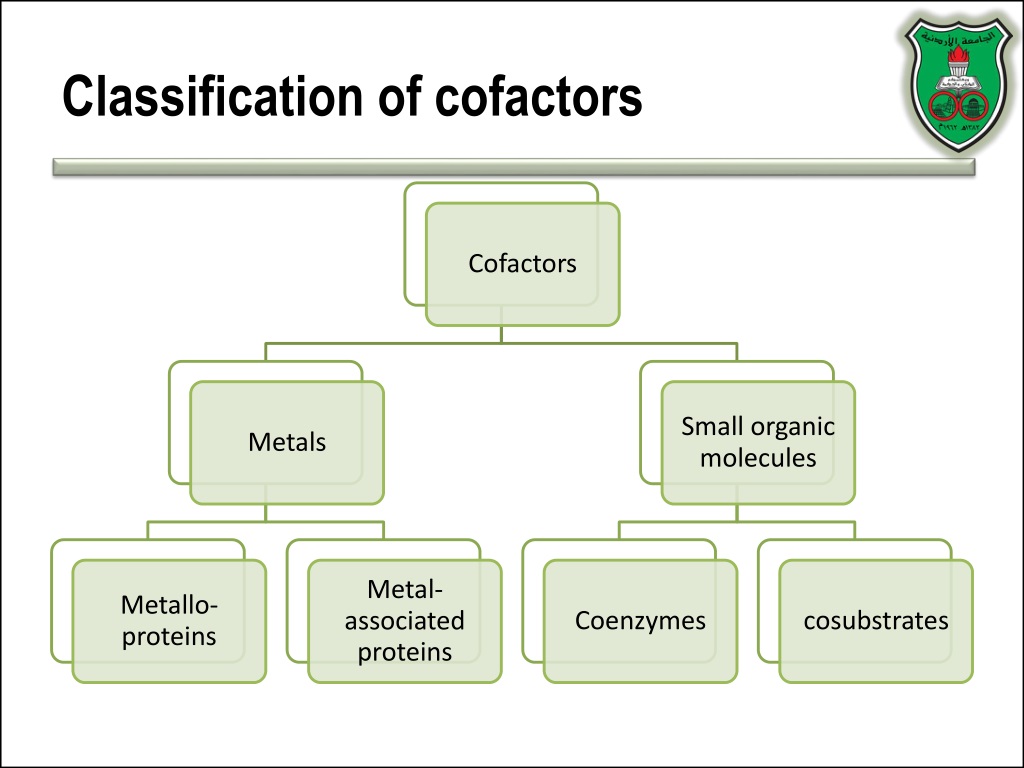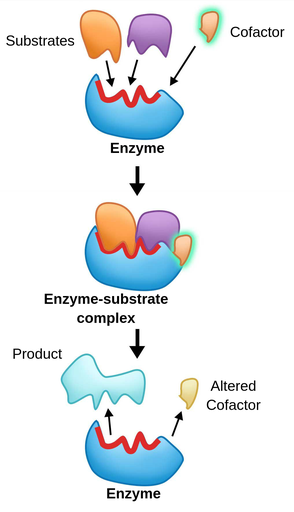A Type Of Cofactor Would Be
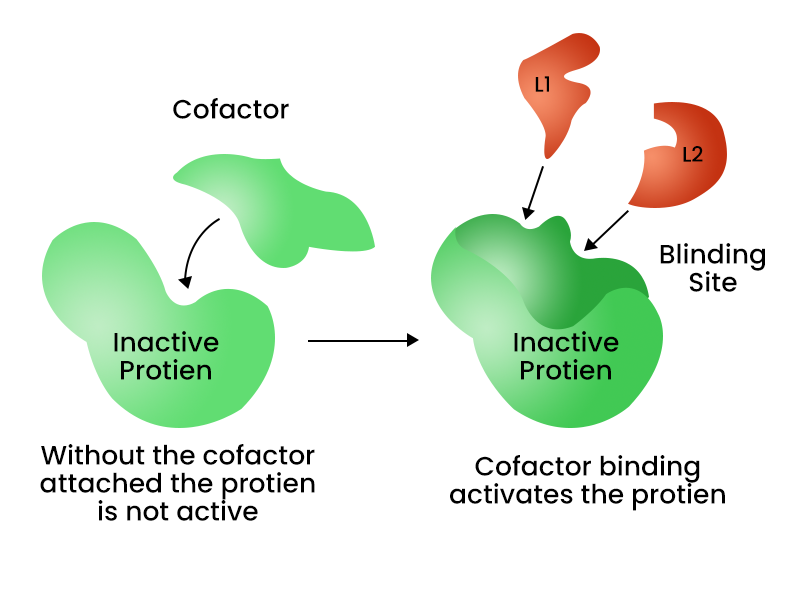
Researchers at the University of California, Berkeley, have announced the discovery of a novel cofactor, tentatively named "Coenzyme Z," potentially revolutionizing our understanding of enzymatic reactions and metabolic pathways. The finding, published in the journal Nature Chemical Biology, details the structure and initial characterization of Coenzyme Z, highlighting its unique role in facilitating a previously unknown class of enzymatic transformations.
This discovery holds immense significance for various fields, including biochemistry, drug development, and industrial biotechnology. It opens avenues for designing novel catalysts, engineering metabolic pathways for the production of valuable compounds, and potentially developing new therapies targeting metabolic disorders.
The Discovery and Identification
The research team, led by Dr. Eleanor Vance, stumbled upon evidence of Coenzyme Z while investigating the metabolic processes of a soil bacterium, Geobacter metallireducens. Through a combination of genomic analysis, biochemical assays, and structural determination techniques, they were able to isolate and characterize the new cofactor.
Dr. Vance explained, "We were initially puzzled by the bacterium's ability to perform a specific redox reaction that didn't seem to fit with any known enzymatic mechanism. After months of meticulous investigation, we finally identified Coenzyme Z as the missing piece of the puzzle."
The structural analysis revealed that Coenzyme Z possesses a unique chemical architecture, distinct from any other known cofactor. Its core structure consists of a modified aromatic ring system linked to a complex sugar moiety, providing it with specific binding affinity to its cognate enzyme.
The Function of Coenzyme Z
The research demonstrates that Coenzyme Z is essential for the activity of a newly discovered enzyme, tentatively named "Enzyme Z." This enzyme catalyzes a novel type of redox reaction involving the transfer of a two-electron unit coupled to a proton, a process not previously observed in biological systems.
The team found that Enzyme Z, with the assistance of Coenzyme Z, facilitates the reduction of a specific class of organic compounds found in the bacterium's environment. This reaction is crucial for the bacterium's survival, allowing it to extract energy from its surroundings.
Dr. Mark Olson, a senior researcher on the project, stated, "Coenzyme Z acts as an electron shuttle, shuttling electrons between the enzyme and the substrate, thus enabling the redox transformation. Without Coenzyme Z, Enzyme Z remains inactive."
Potential Applications and Future Research
The discovery of Coenzyme Z has far-reaching implications for several scientific disciplines. In biochemistry, it expands our understanding of the diversity of enzymatic mechanisms and metabolic pathways.
In drug development, Coenzyme Z could serve as a lead compound for designing new drugs that target Enzyme Z or related enzymes. This could be particularly relevant for developing therapies against bacterial infections, where inhibiting bacterial metabolic pathways could be an effective strategy.
Furthermore, Coenzyme Z and Enzyme Z could be harnessed for industrial biotechnology applications. Their unique catalytic activity could be exploited to synthesize valuable compounds or to degrade pollutants.
The research team is currently focused on further elucidating the mechanism of action of Coenzyme Z and Enzyme Z. They are also exploring the distribution of these molecules in other organisms, hoping to uncover new enzymatic pathways and potential applications.
Dr. Vance's team is actively working on understanding the broader implications of this cofactor. "We are just beginning to scratch the surface of what Coenzyme Z and Enzyme Z can do. We believe that this discovery will open up a new chapter in enzymology and metabolic engineering," she said.
Impact on the Scientific Community
The announcement has already generated significant excitement within the scientific community. Researchers from around the world are eager to learn more about Coenzyme Z and its potential applications. Several laboratories have already begun working on synthesizing Coenzyme Z and characterizing its interactions with Enzyme Z.
Professor Anya Sharma, a leading expert in enzymology at Harvard University, commented, "This is a truly groundbreaking discovery that will undoubtedly have a profound impact on our understanding of enzyme catalysis. The uniqueness of Coenzyme Z and its involvement in a novel redox reaction is particularly exciting."
The National Institutes of Health (NIH) has announced plans to provide further funding to support research on Coenzyme Z and related cofactors. This funding will enable researchers to explore the full potential of this discovery and to translate it into tangible benefits for society.
The findings underscore the importance of basic research in uncovering new knowledge and driving innovation. By studying the metabolic processes of microorganisms, researchers are able to discover novel biomolecules with unforeseen applications.
The identification of Coenzyme Z serves as a reminder that there is still much to learn about the intricate workings of the biological world. It highlights the power of scientific inquiry in unraveling the mysteries of life and in harnessing nature's ingenuity for the benefit of humankind.
The research team at UC Berkeley plans to make their data and resources publicly available, fostering collaboration and accelerating the pace of discovery. They are committed to ensuring that this discovery benefits the entire scientific community and contributes to the advancement of knowledge.

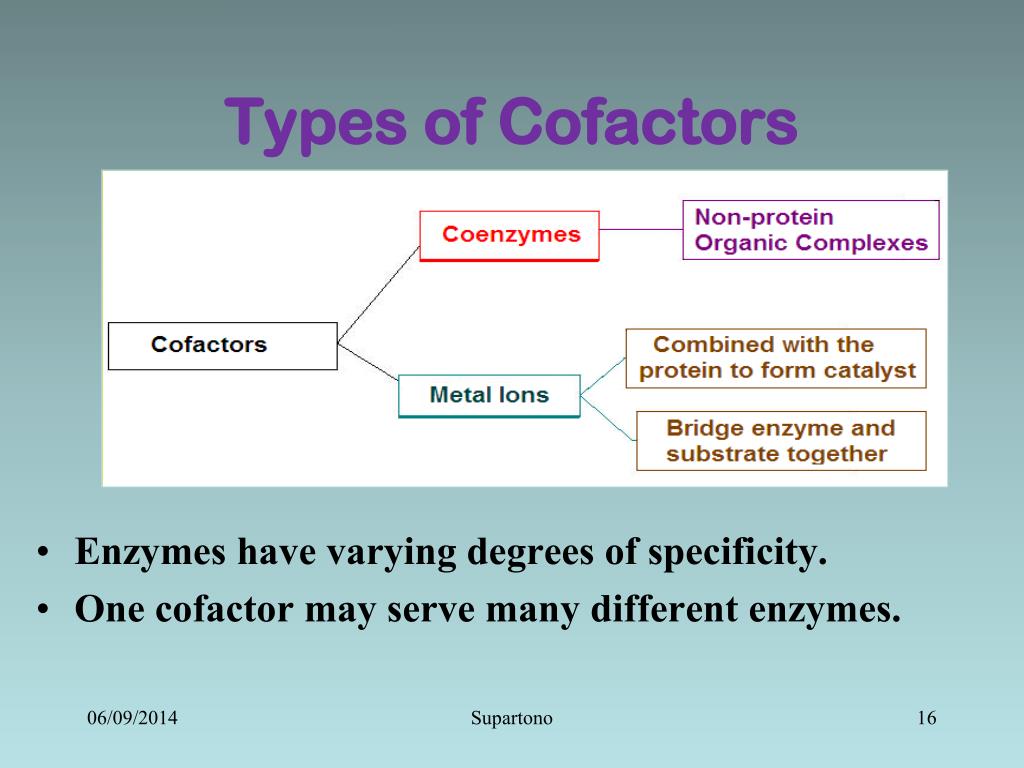
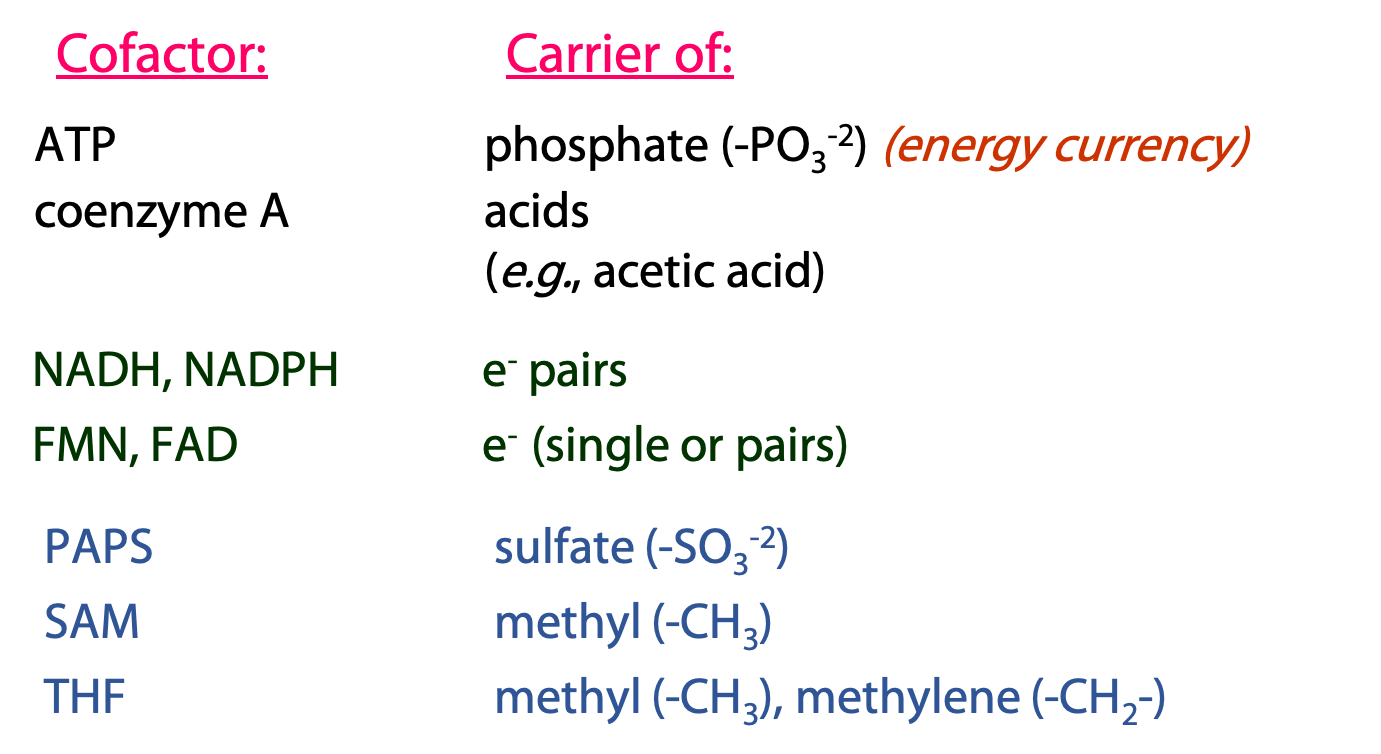



.png)
